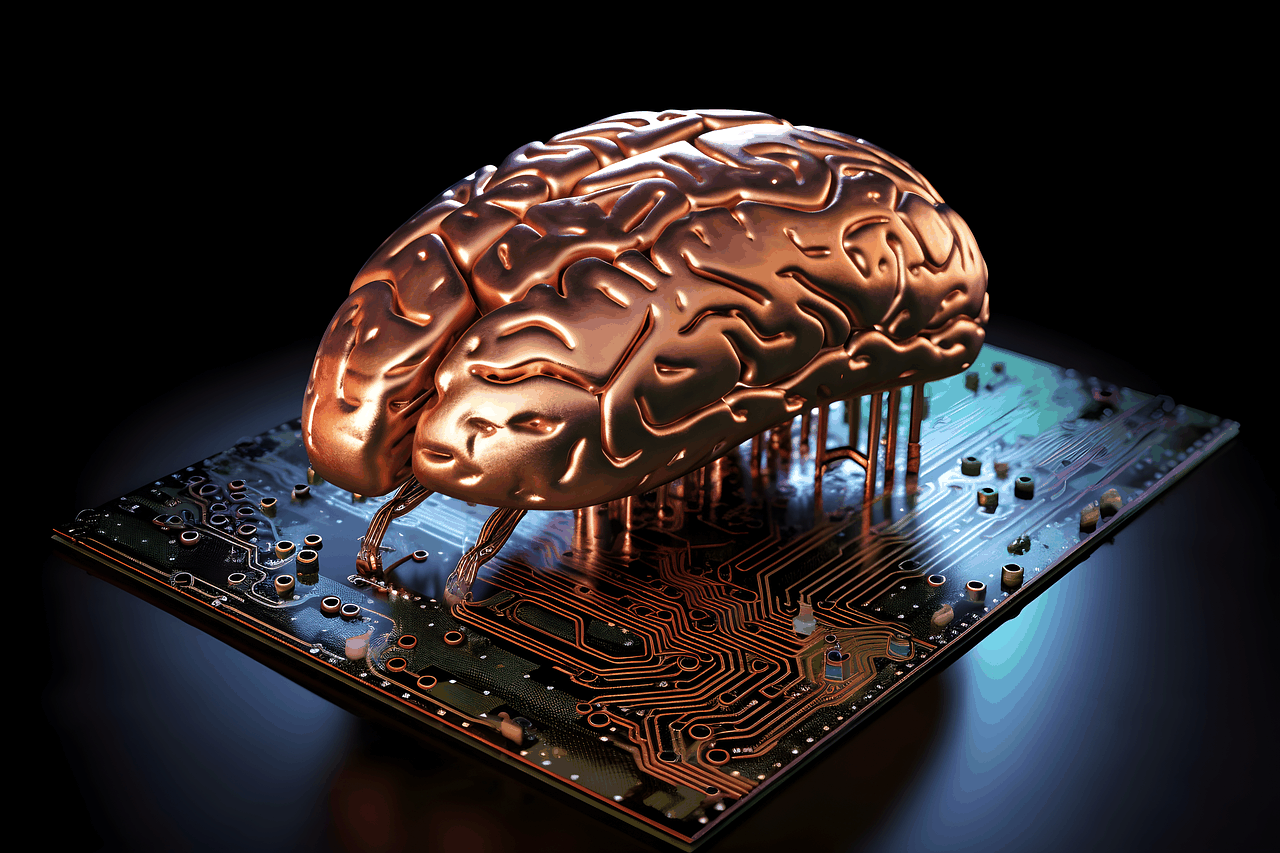The Role of Nanotechnology in Modern Computing
Nanotechnology, the science of manipulating matter at the atomic and molecular scale, has significantly impacted various industries, with one of the most profound influences seen in modern computing. This guide explores how nanotechnology is revolutionizing the field of computing, from enhancing hardware capabilities to enabling entirely new forms of computational systems.
Understanding Nanotechnology in Computing
Nanotechnology involves engineering devices and systems at the molecular level, typically within the range of 1 to 100 nanometers. In the realm of computing, this technology is pivotal in advancing the miniaturization and performance of electronic devices, leading to faster, smaller, and more energy-efficient systems.
Key Advances in Nanotechnology for Computing
- Increased Processor Speed and Efficiency
- Nanotechnology has enabled the development of transistors, the basic building blocks of microprocessors, to be scaled down to nanometer sizes. This miniaturization has led to the creation of high-density chips that are faster and consume less power than their predecessors.
- Memory Enhancement
- Nanoscale memory cells have significantly increased the data storage capacity of devices. Techniques like nanolithography have been crucial in developing higher-density memory chips that drastically improve the speed and performance of computing systems.
- Improved Display Technology
- Nanotechnology has been instrumental in refining display technologies. Quantum dots, for instance, enhance color and brightness in screens more efficiently than traditional methods.
- Quantum Computing
- Nanotechnology is a key player in the development of quantum computers, which promise to exponentially increase processing power over classical computers. Quantum dots and other nanoscale materials are used to create qubits that operate at this minuscule scale.
- Wearable Technology
- Advances in nanotechnology have paved the way for wearable devices that integrate seamlessly with human bodies, providing real-time health monitoring and diagnostic capabilities.
Nanotechnology’s Impact on Hardware Development
- Heat Dissipation
- As electronic components shrink, managing heat becomes a challenge. Nanomaterials with higher thermal conductivities are being developed to improve heat dissipation in compact devices.
- Energy Efficiency
- Nanomaterials are used to create more effective and smaller batteries, and energy-efficient lighting solutions, contributing to overall energy conservation in computing devices.
Challenges and Ethical Considerations
- Manufacturing Complexity
- The precision required in manufacturing at the nanoscale introduces complexities and high costs, which can slow down the commercial rollout of nano-enabled devices.
- Health and Environmental Concerns
- The long-term impacts of widespread use of nanomaterials are still not fully understood. There are concerns about potential toxicity and environmental harm, necessitating thorough research and regulation.
The Future of Nanotechnology in Computing
Looking ahead, nanotechnology is set to play a pivotal role in the evolution of computing technology. Innovations in nanoscale fabrication can lead to the development of molecular computers and even more advanced forms of quantum computing, potentially solving some of the world’s most complex problems.
Conclusion
Nanotechnology is not just enhancing current computing capabilities—it is reshaping them, offering revolutionary changes that were once thought impossible. As we continue to understand and manipulate matter at the nanoscale, the boundaries of what computing can achieve will expand dramatically.
